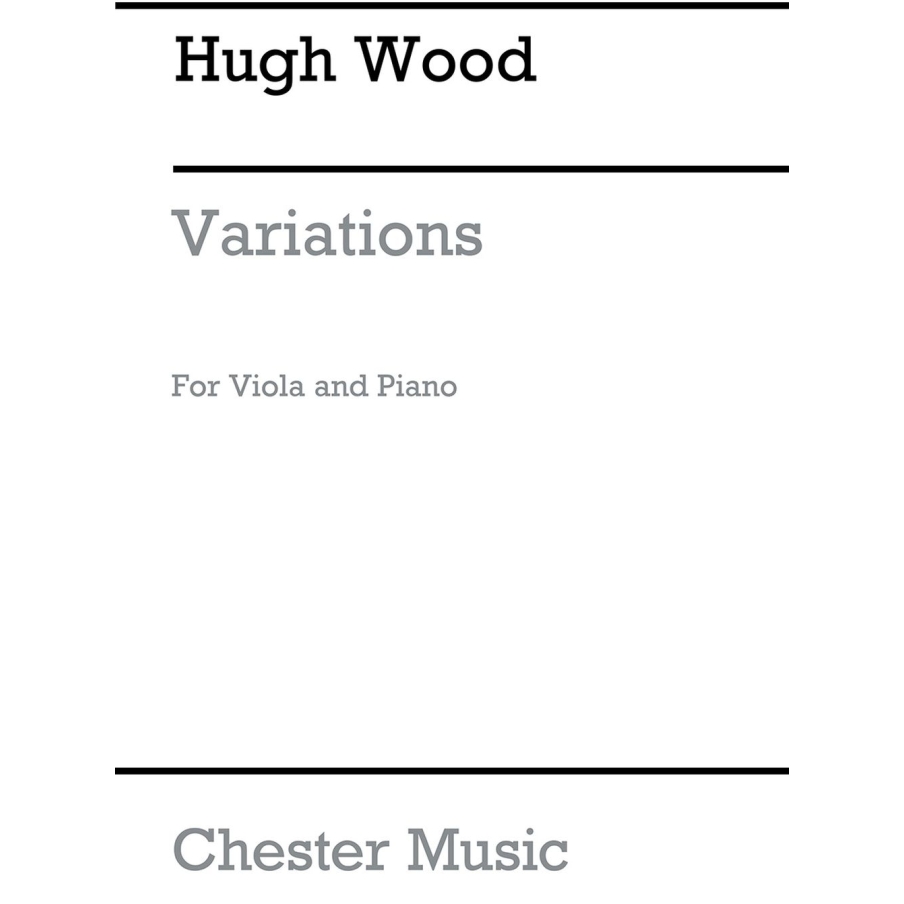



| Arrangement | Viola and Piano |
|---|---|
| Composer | Hugh Wood |
| Product Format | Sheet Music |
| Publication Date | 2002 |
|---|---|
| EAN | 5020679163184 |
For Viola and Piano, this is the composer's first opused work. Premiered at the Wigmore Hall in July 1959 by Cecil Aronowitz and Margaret Kitchen.
Wood: In 1957 I knew I had newly discovered the music of Schoenberg and hispupilsand I knew at once that they were to show me the way forward for my music; as, indeed, they have ever since. The revelation was primarily an emotional experience for me, and however imperfectly their influence wasreceived, it wasobviously reflected in the all-out chromaticism (new for me then), in the many chains of twelve notes, or lesser chromatic formations (which do not here amount to serial working, and have only rarely done sosince), in thecharacteristic harmonic and rhythmic formations, the wide and sometimes angular intervals of the melodies and in general the introverted romanticism. Anyway, I knew then that this was the sort of music that Ihenceforth would wantto write, and so I called these Variations my Opus One.
The declamatory Introduction leads into the Theme, heard on the viola. Six Variations follow, of which No.3 is the most violent, and No.4 the mostsustainedly lyrical. Therecitative-like sixth variation leads into the Finale, a more extended movement. The Theme, returning on the piano, leads to a climax at which there is a citation from Beethoven’s C minor Variations forpiano. Then theircharacteristics sequence of chords is heard on the piano as an accompaniment to the final statement of my own theme on the viola in the closing bars of the work.